Come Dance With Us!
Come Dance With Us!
At The Beacon - not only do we strive to provide quality education, but we also strive to create a genuine sense of community with our students, teachers, and staff.
Come check out a class and check out our memberships too!
*Scholarships are also available - don’t hesitate to reach out!
Register for a class on our Vagaro page by clicking “Sign Up” Below.
And check out our Instagram Page for updates and upcoming events!
Much Love - The Beacon
Winter Weekly Schedule
Follow Us:
House
•
Waacking
•
Hip-Hop
•
Popping
•
Hustle
•
Breaking
•
Animation
•
Kid's Classes
•
House • Waacking • Hip-Hop • Popping • Hustle • Breaking • Animation • Kid's Classes •
Dance Styles
-
Hip-hop culture, originating in the South Bronx during the 1970s, is a vibrant and influential subculture deeply rooted in African American and Latinx communities. It encompasses various elements, with hip-hop dance as a central and dynamic component.
It is often characterized by the "four elements," which represent the foundational pillars of this dynamic subculture. These elements include:
1. **MCing (Rap):** Also known as "emceeing" or simply "rapping," MCing is the art of vocal expression in hip-hop. MCs, short for "masters of ceremonies," use rhythm and rhyme to deliver spoken-word lyrics. Rap often addresses personal experiences, social issues, storytelling, and creative wordplay. It's a potent form of self-expression and a means of conveying messages to a wide audience.
2. **DJing:** DJs (disc jockeys) are responsible for the musical aspect of hip-hop culture. They select and mix tracks, creating unique beats and rhythms by manipulating vinyl records, turntables, and later, digital equipment. DJing plays a pivotal role in providing the musical backdrop for MCs to rap over and is essential to the energetic and rhythmic nature of hip-hop.
3. **Breaking (Breakdancing):** Breaking, commonly known as "breakdancing," is the dance element of hip-hop culture. It involves intricate and acrobatic movements, often performed on the ground. Breakdancers, known as "b-boys" and "b-girls," use a combination of power moves, freezes, and footwork to express themselves. Breaking is a physically demanding and highly stylized dance form, showcasing athleticism, creativity, and individuality.
4. **Graffiti Art:** Graffiti art is the visual element of hip-hop culture. Graffiti artists use various techniques and materials to create elaborate and colorful artwork on public surfaces like walls and trains. Graffiti often serves as a form of self-expression, social commentary, or protest. It's a way for artists to leave their mark on the urban landscape and make their voices heard.
These four elements represent different avenues of creativity within hip-hop culture, and they are interconnected. For example, DJs provide the beats for MCs to rap to, and both DJs and MCs often collaborate with graffiti artists to create a holistic hip-hop experience. While these are the traditional four elements, it's important to note that hip-hop culture is constantly evolving, and new elements or variations may emerge over time. Nevertheless, these foundational elements continue to be central to the identity and vitality of hip-hop culture worldwide.
-
**Popping** is a mesmerizing dance style within the realm of hip-hop, characterized by the sudden and controlled contraction and release of muscles, creating a distinct "pop" or jerking motion. Dancers, known as poppers, use this technique to isolate different body parts, especially focusing on the arms, chest, and shoulders, resulting in visually striking and robotic-like movements.
Popping is not just about isolated movements; it's a dance form deeply rooted in rhythm and musicality. Poppers synchronize their pops and hits with the beats and melodies of various music genres, infusing their performances with a sense of groove and precision.
The style often incorporates techniques like waving, ticking, and strobing, where dancers create illusions of waves, ticks, and rapid freezes, respectively, adding layers of complexity to their routines. Poppers also engage in freestyle battles, where they challenge each other's skills in spontaneous dance-offs, showcasing creativity and innovation.
Popping is more than a dance; it's a visual art form that allows dancers to play with time, rhythm, and perception. It celebrates individuality, musical interpretation, and the seamless fusion of technique and style, making it a captivating and constantly evolving dance style appreciated by audiences worldwide.
-
**Waacking/Whacking/Punking** is a powerful and expressive dance style that originated in the LGBTQ+ clubs of Los Angeles during the 1970s disco era. It's characterized by rapid arm movements, dramatic poses, and intricate hand gestures, all performed to the beat of soul, disco, and funk music.
In w*acking, dancers, known as w*ackers, engage in energetic and flamboyant movements. The focus is on fluid and dynamic arm patterns, creating visually stunning lines and shapes. Dancers often incorporate gestures that express attitude, confidence, and emotion, adding depth to their performances.
W*acking is not just a dance; it's a form of storytelling. Dancers use their movements to convey narratives, emotions, and personal experiences, making each performance unique and deeply personal. The style encourages individuality, allowing dancers to infuse their routines with their own personality and flair.
The dance form includes, but is not limited to the elements of posing, arm rolls/lines/gestures and storytelling, where dancers strike dynamic and dramatic poses, showcasing their confidence and stage presence. W*acking battles, where dancers compete by showcasing their skills, are also a common feature, adding an element of competition to the style.
At its core, waacking celebrates freedom of expression, self-confidence, and authenticity. It continues to captivate audiences worldwide with its vibrant energy, striking movements, and rich cultural heritage.
-
House Dance is a lively and energetic street dance style that emerged in the clubs of Chicago and New York during the late 1970s and early 1980s. Rooted in the underground house music and LGBTQ scene, this dance style is characterized by its fluidity, footwork, and improvisation. House dancers groove to the infectious beats of house music, incorporating intricate footwork, slides, spins, and floorwork into their dance.
House dance is known for its soulful and uplifting movements, often conveying a sense of joy and freedom. Dancers frequently engage in "jacking," a signature move involving a rhythmic bounce or pulsating motion of the torso and limbs.
House dance emphasizes individuality and creativity, allowing dancers to interpret the music in their own unique ways. It's a dynamic and inclusive style that encourages dancers to express themselves while maintaining a strong connection to the music and the social and cultural history of house music.
-
**Animation** is a captivating and intricate dance style within the hip-hop genre, known for creating the illusion of non-human or robotic movements with the human body. Dancers use precise muscle control and isolation techniques to mimic the appearance of objects coming to life or machines in motion.
The essence of animation lies in its ability to play with time and physics, defying natural movement to create visually stunning optical illusions. Dancers fluidly transition between jerky, robotic, and slow-motion movements, manipulating their bodies in ways that challenge the boundaries of human kinetics.
Incorporating a mix of isolations, waves, and freezes, animation is a dance of precision, control, and creativity. Dancers often tell stories or portray characters through their movements, making it a form of artistic expression and storytelling.
What makes animation truly captivating is its seamless integration with music. Dancers synchronize their moves with the rhythm and beats, enhancing the visual impact of their performance. Beyond dance battles and performances, animation thrives in freestyle sessions, where dancers spontaneously express themselves, pushing the limits of their imagination and skill.
Animation is not just a dance style; it's a visual spectacle that challenges perceptions, leaving audiences in awe of the limitless possibilities of the human body in motion.
-
**Hustle** is a dynamic partner dance style that came to prominence during the disco era of the 1970s. It's characterized by its energetic and rhythmic footwork, intricate patterns, and lively spins and turns. Danced primarily to upbeat disco and hustle music, this style encourages couples to connect and groove together on the dance floor.
In hustle, the partnership is at the heart of the dance. Couples move in close coordination, maintaining a connection that allows them to communicate and synchronize their movements seamlessly. This close connection fosters a sense of unity and chemistry between dancers, making hustle not only a dance but also a social experience.
The footwork in hustle is fast-paced and precise, often featuring syncopated steps and intricate sequences that add a layer of excitement and flair. Dancers also incorporate spins and turns, adding both visual appeal and a sense of dynamism to their performances.
One of hustle's unique qualities is its adaptability. It can be danced to various styles of music beyond disco, making it versatile and suitable for different dance scenes. Whether in nightclubs, dance parties, or social gatherings, hustle continues to be a beloved partner dance style that encourages people to come together, have fun, and enjoy the rhythm and energy of the music. It's a celebration of connection, movement, and the joy of dancing with a partner.
-
**Breaking**, often referred to as breakdancing, is an electrifying and acrobatic style of hip-hop dance that emerged in the Bronx, New York, during the 1970s. It's characterized by its gravity-defying moves, intricate footwork, and dynamic floor-based maneuvers.
In breaking, dancers, known as b-boys (for males) and b-girls (for females), use their bodies as instruments of expression. The dance includes several key elements:
1. **Toprock:** This is the upright portion of breaking, where dancers showcase their style through creative and rhythmic movements while standing. Toprock sets the tone for the rest of the performance.
2. **Footwork:** Footwork is a fast and intricate sequence of steps performed close to the ground. It involves quick spins, kicks, and complex patterns executed with precision.
3. **Freezes:** Freezes are dramatic poses that often defy gravity, with dancers balancing on one or more body parts. These poses punctuate the dance, adding visual impact.
4. **Power Moves:** Power moves are dynamic and athletic maneuvers that showcase strength, control, and agility. They include spins on the back, head, or hands and can be incredibly impressive to watch.
5. **Cyphers and Battles:** Breaking is deeply rooted in competition and community. Dancers often gather in circles, called cyphers, where they take turns showcasing their skills. Battles involve one-on-one or crew competitions, where dancers compete to outperform each other.
Breaking is a physically demanding and visually captivating dance form. It encourages individuality, self-expression, and innovation, as b-boys and b-girls continuously push the boundaries of what's possible with the human body. Beyond the dance itself, breaking fosters a sense of community and provides a platform for self-discovery and creativity. It's a celebration of movement, rhythm, and the unyielding spirit of hip-hop culture.
-
**Roller Dance** is a vibrant and exhilarating dance style that seamlessly blends the elegance of dance with the fluidity of roller skating. Dancers perform intricate routines, spins, turns, and footwork, all while gracefully gliding on roller skates.
In roller dance, participants wear traditional quad roller skates or inline skates, depending on their preference. Choreographed routines, which can be solo, partner, or group performances, are a common feature. These routines showcase a harmonious combination of dance steps, spins, and artistic movements, all executed with a sense of grace and flow.
Roller dancers also have the freedom to improvise and express themselves spontaneously to the music, adding a touch of creativity and personal style to their performances. The choice of music spans various genres, from funk and disco to contemporary pop and electronic beats, allowing dancers to synchronize their movements with the music's tempo and melody.
Roller dance is a dance style that welcomes individuals of all ages and skill levels. It offers a unique opportunity for self-expression, exercise, and the sheer joy of gliding to the rhythm of the music. With its combination of dance and roller skating, roller dance provides both performers and spectators with an exhilarating and visually captivating experience.
Sessions and Upcoming events :)
“Since 2019 the Beacon has been like a second home to me… I love the abundance of talent and knowledge the teachers have to share with the students and it has been a source of friendship and community for me as well. Words can’t express the love and gratitude I have for all those who keep the classes, events, and community at the Beacon alive!”
- @MouseAttack
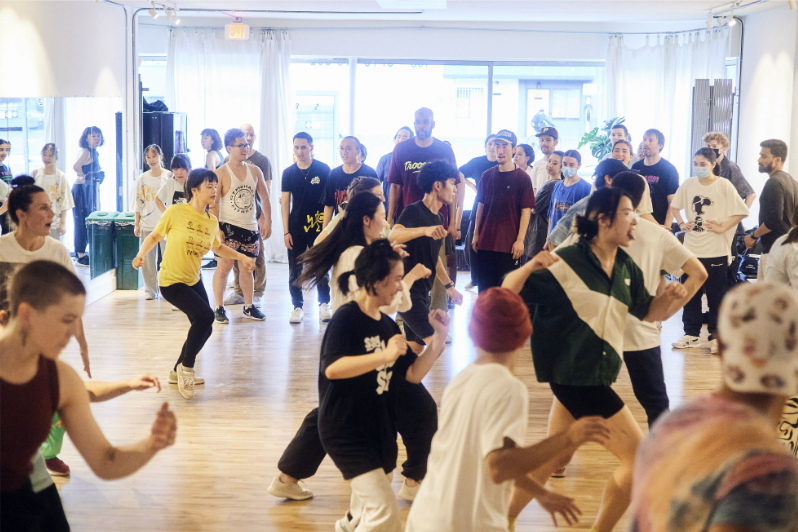
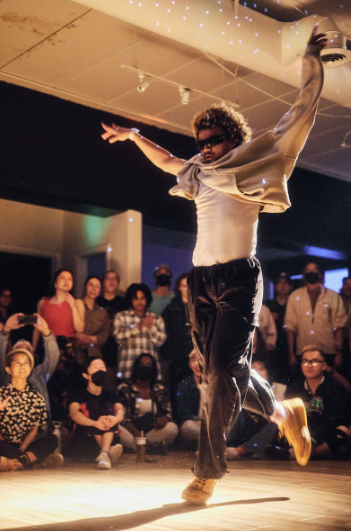
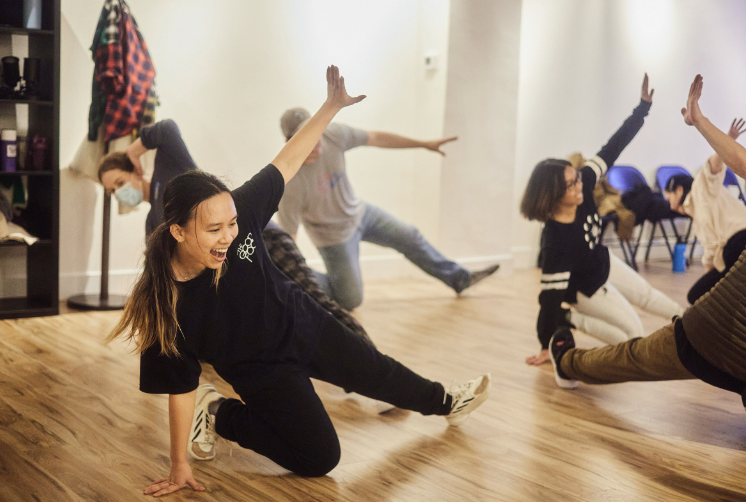
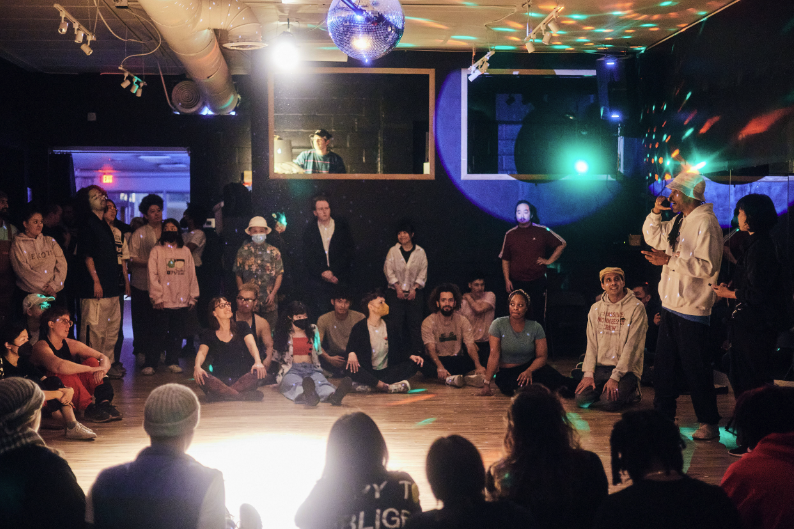
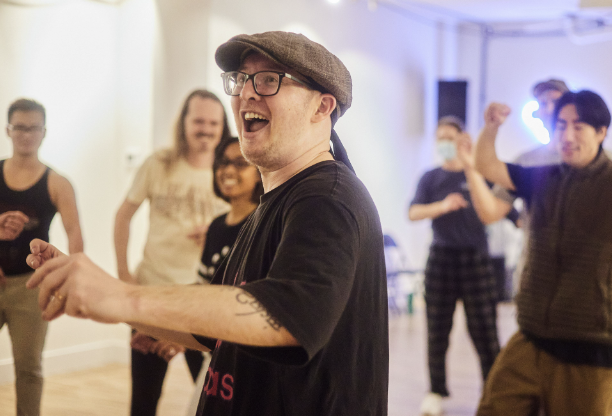
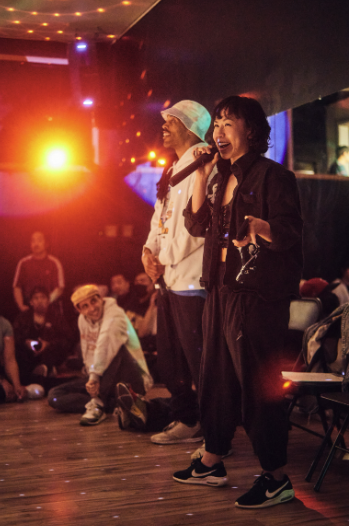
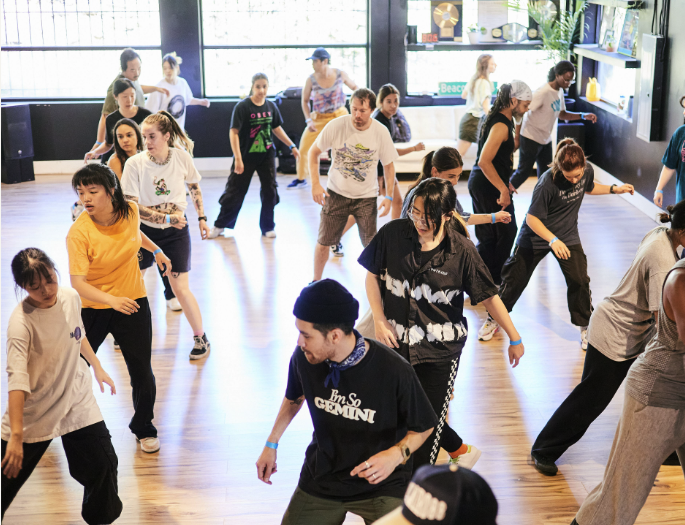
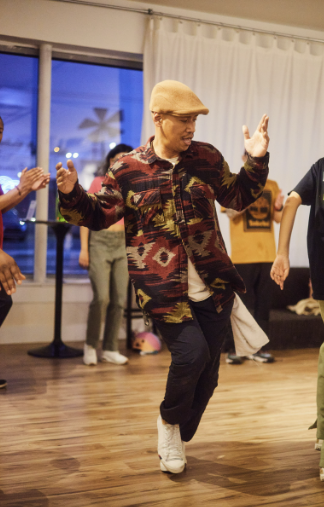
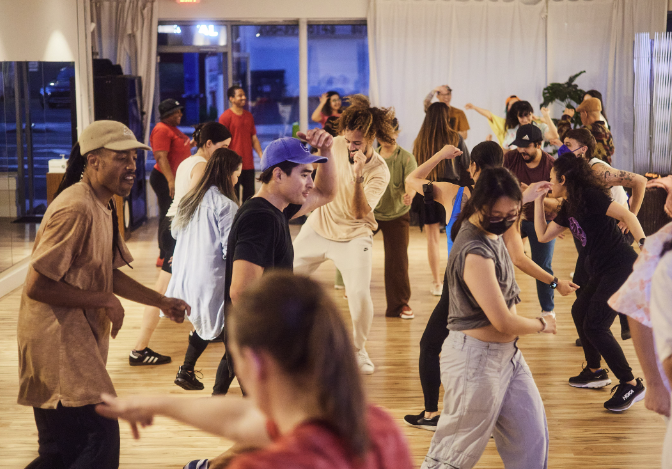
Photos Provided by Tony Udom - Find him on Instagram at @TonyLikesToDance




